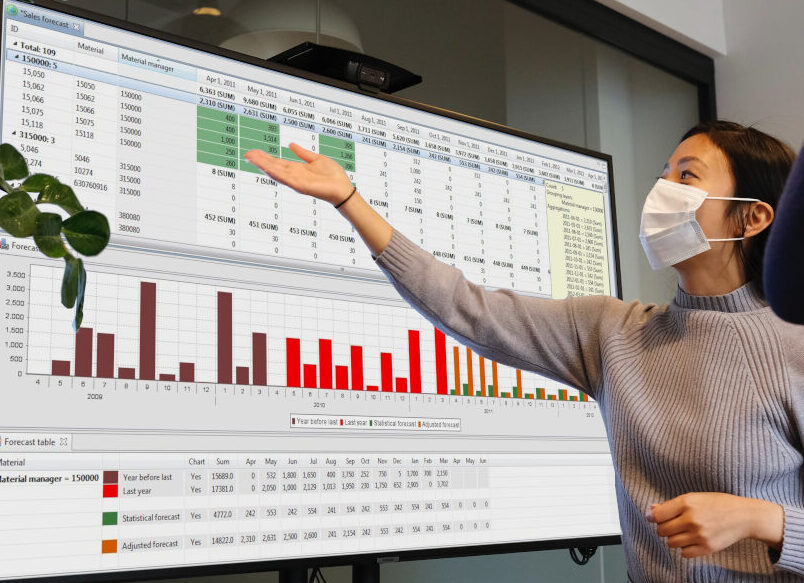It’s certainly not news that industrial planning and procurement processes are a highly complex, intermeshed collection of a wide range of sub-processes. More intelligent and highly developed solutions are becoming better at striking a balance between unequal variables such as availability, inventories and efforts. Serag-Wiessner, a medium-sized company specialising in medical and pharmaceutical products, coordinates the multitude of parameters it needs so that the balancing act comes off.
 From its base in Naila, Bavaria, Serag-Wiessner and its some 200 employees produce and deliver surgical sutures, textile implants for the pelvic floor and infusions. Of the approximately 3,000 articles in its range of surgical sutures and textile implants, categorised by thread type, strength, length and needle-thread combinations, some 1,500 are kept in stock at the warehouse. The company’s 25,000 customers, including hospitals, registered doctors and wholesales both locally and abroad, expect deliveries within 24 to 48 hours. To meet these requirements, stocks are retained in the finished goods warehouse, which was previously dimensioned by the planners based on ERP order proposals. Since their own attempts to significantly reduce stocks were not successful in the past, the management decided to entrust the task to the supply chain specialists at Abels & Kemmner.
From its base in Naila, Bavaria, Serag-Wiessner and its some 200 employees produce and deliver surgical sutures, textile implants for the pelvic floor and infusions. Of the approximately 3,000 articles in its range of surgical sutures and textile implants, categorised by thread type, strength, length and needle-thread combinations, some 1,500 are kept in stock at the warehouse. The company’s 25,000 customers, including hospitals, registered doctors and wholesales both locally and abroad, expect deliveries within 24 to 48 hours. To meet these requirements, stocks are retained in the finished goods warehouse, which was previously dimensioned by the planners based on ERP order proposals. Since their own attempts to significantly reduce stocks were not successful in the past, the management decided to entrust the task to the supply chain specialists at Abels & Kemmner.
The most important requirement was to develop and implement a sustainable solution. Besides a perfectly matched concept, attention was therefore also placed on the solution’s implementation. From the start, the need for a permanent solution raised the question of how – or indeed whether – the existing ERP system could support it. Restrictions in production and logistics had to be considered, and included in reviewing planning parameters. Besides the sales variables – delivery times of 24 to 48 hours and average delivery availability of 96% – the planning parameters also had to take into account the intended limit of 1,200 monthly production orders and the associated retooling processes.
By Dr. Bernd Reineke and Steffen Schwippl
This article was published online here



0 comments